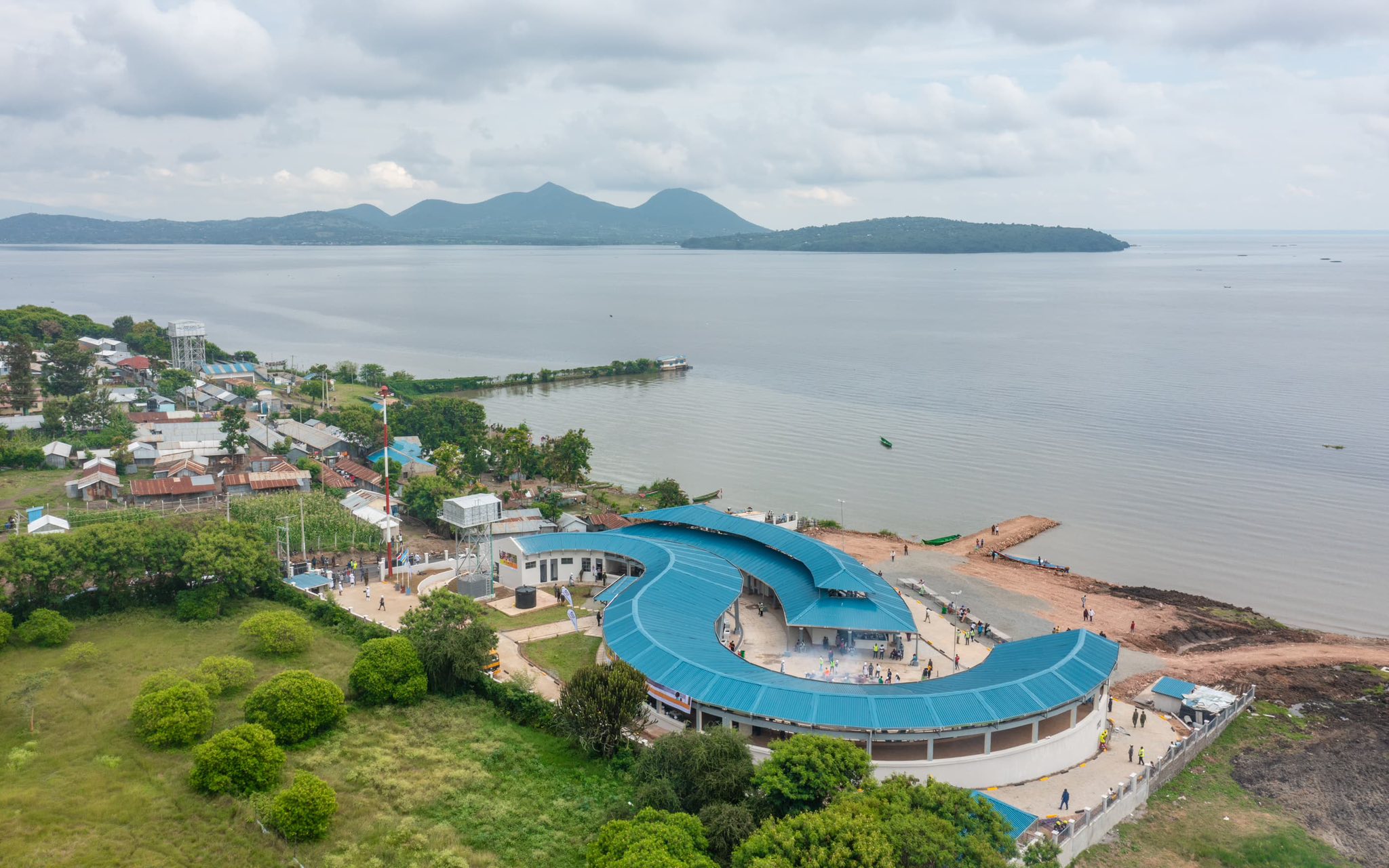
In a major boost to the local economy and the fisheries sector, Homa Bay County has officially opened the doors to its brand-new, ultra-modern fish market. Designed to support the region’s vibrant fish industry, this facility will serve as a critical hub for over 400 traders, providing them with a cleaner, safer, and more efficient working environment.
Transforming the Trading Experience
The newly launched market isn’t just about space—it’s about raising the standard of fish trading in Kenya. With its well-organized stalls, improved sanitation, and modern infrastructure, the market sets a new benchmark for how fish is handled, stored, and sold.
Among the standout features of the facility are cold storage units that allow traders to preserve unsold fish under hygienic conditions. This innovation significantly reduces post-harvest losses, improves product quality, and extends shelf life, giving traders more flexibility and improving consumer confidence in the market’s offerings.
Driving Economic Growth and Job Creation
The ripple effect of this investment is already being felt. With more reliable storage and safer working conditions, the market is expected to boost fish supply and streamline distribution channels, opening new doors for value addition and regional trade.
Additionally, the enhanced infrastructure is attracting a range of support services—from transport and logistics to packaging and retail—creating a thriving ecosystem around the fish market. This translates into new jobs, increased income for families, and broader economic stimulation across the county.
Empowering Local Communities
By formalizing fish trade and supporting small-scale traders, the Homa Bay Fish Market also plays a crucial role in empowering women and youth, who make up a significant portion of those engaged in the fish value chain. The improved working environment ensures not only greater dignity in trade but also more opportunities for entrepreneurship and upward mobility.
Looking Ahead
This development aligns with the broader goals of the Bottom-Up Economic Transformation Agenda (BETA), which seeks to uplift grassroots economies through infrastructure investment and sectoral support. The new Homa Bay Fish Market is more than just a physical structure—it’s a symbol of progress, resilience, and strategic economic planning.
As the facility begins full operations, it is poised to become a regional model for modern fish markets—linking producers to consumers more efficiently, reducing waste, and turning fisheries into a sustainable economic engine for the lake region.






